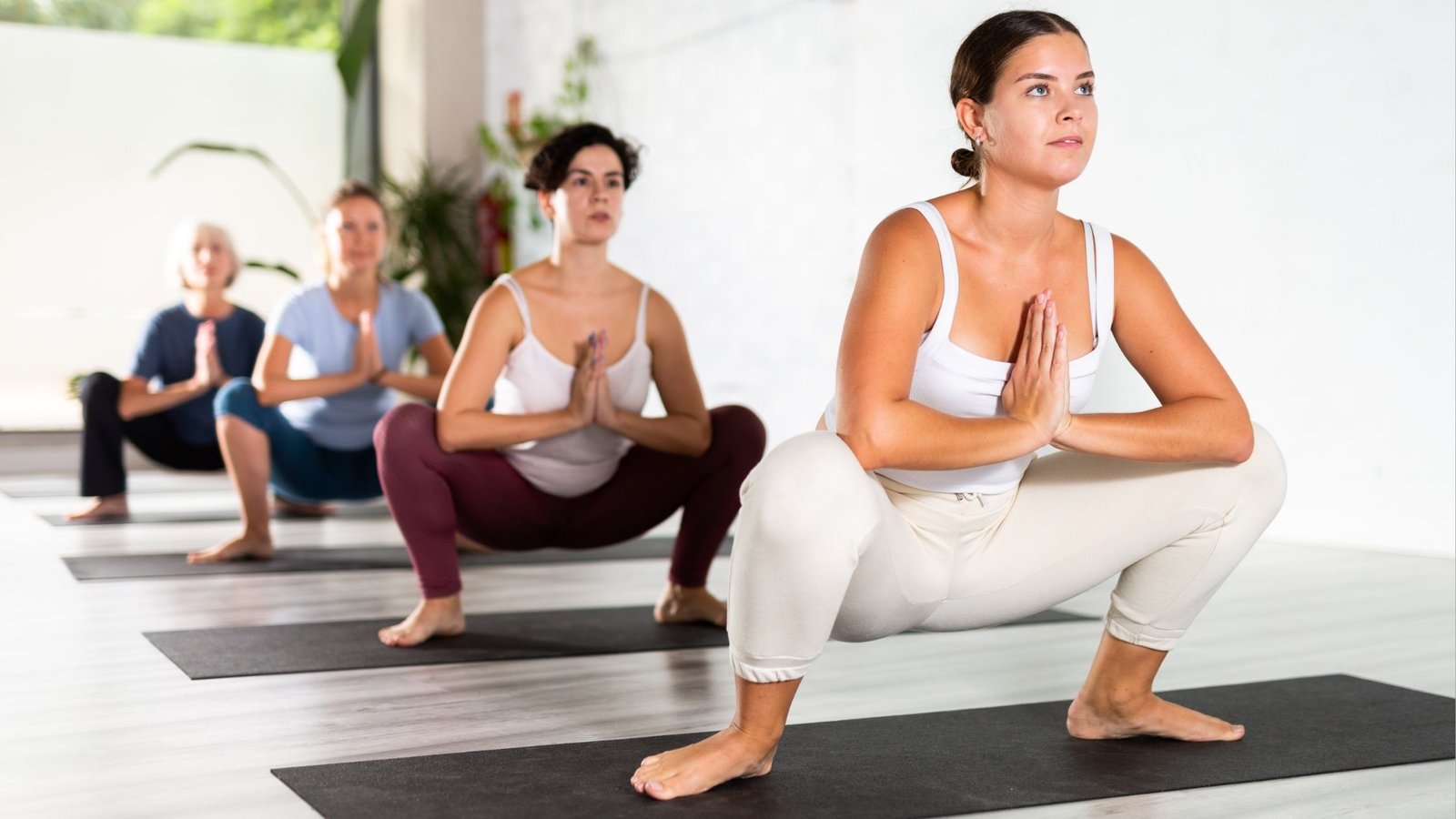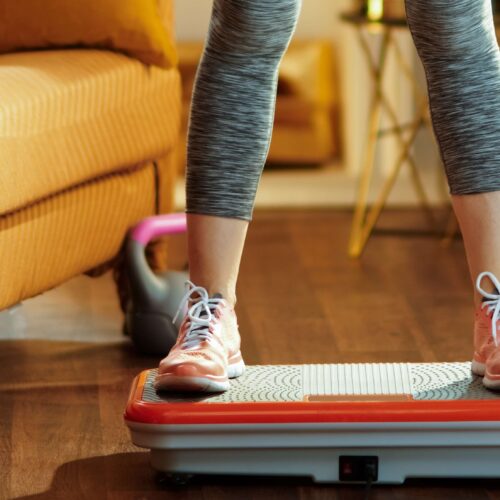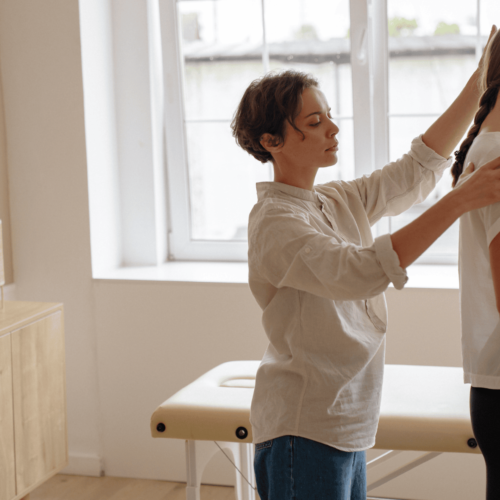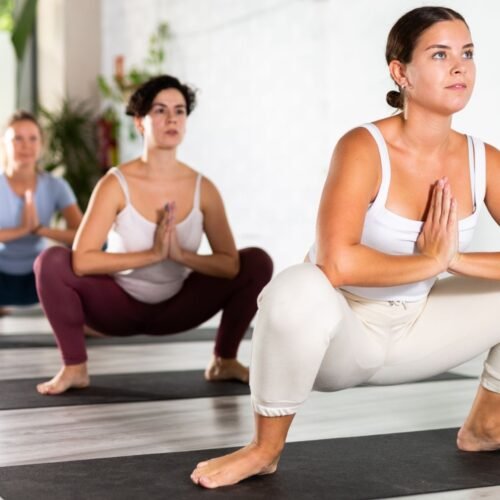When is the last time you’ve done a deep squat?
Do you know what I mean with a deep squat?
I mean this: 
As kids we were all capable of doing this.
And there is actually no reason why we don’t continue doing this as adults.
If we were just looking for building strength, a parallel squat is enough (thighs roughly parallel with the floor).
But I’m not just looking at strength here.
This is about balance, flexibility, neurology.
When you think back to our ancestors, the ability to do a deep squat was second nature.
The deep squat is the position to:
– harvest things on/in the ground
– how you wash things in a stream
– take a rest
– pee/poop
– pick up heavy things from the ground
– etc.
The deep squat is also a great birthing position for women who have the pelvic floor strength and flexibility for it.
(This is not a move to jump into during pregnancy if you aren’t used to it).
It makes sense why so many people lose the ability of a proper deep squat… we just don’t have many tasks left that make us need to be in that position.
But keeping this ability intact is great for our health!
For a deep squat, we need good mobility and stability in the lumbar spine (low back), hips, knees, and the ankles.
If you can go into a deep squat but are wobbly or feel tension:
– just see how long you can do it for and…
– either do it more often through the day or…
– try to increase how long you can stay in it at a time.
There are steps you can take to help you regain the ability to do a deep squat:
– start stretching with a particular focus on the calves, hamstrings, glutes, and quads
– do CAR exercises for ankles and hips (just search for “Ankle CAR” or “Hip CAR”)
– start doing squats – go as low as you can and hang out at that level, see if you can sink into it a little more
– start doing parallel squats (or above parallel) to build strength in the necessary muscle groups
Make sure your feet stay flat on the floor as you do deep squats!
Also, with all of this, I’m really looking for the ability to be in this position comfortably.
I don’t need anyone necessarily to do this as a repetitive exercise (although if that’s where your fitness level is at, that’s fine, too).
It’s really about keeping normal and healthy biomechanics and functionality intact (or regaining it).
This does translate to neurological health as well!
























